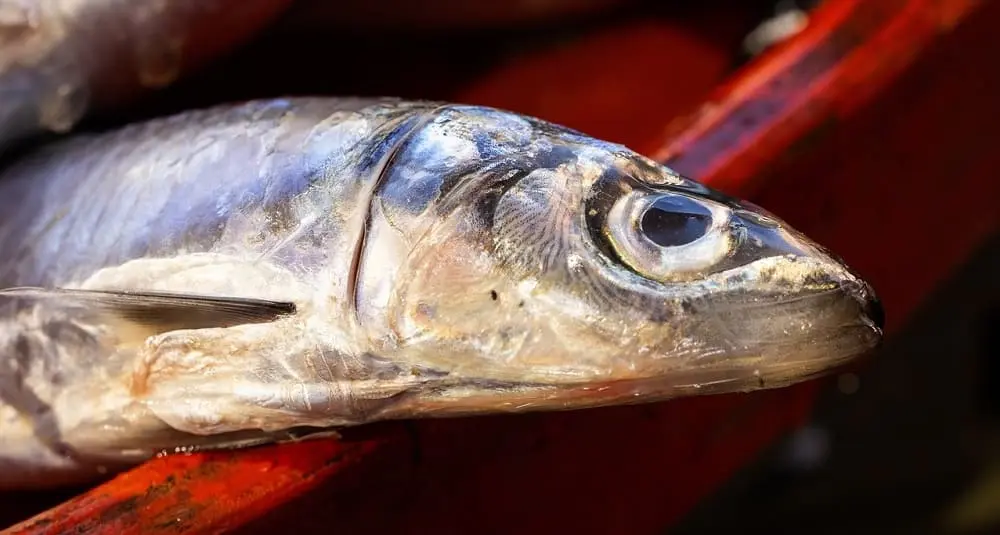What caused the 2005 anchovy crisis?
Last Updated:
The anchovy crisis of 2005 was a major event affecting anchovy populations, mainly due to two major factors: overfishing and unfavorable weather conditions.
Anchovy is a highly prized species for human and animal consumption. High demand has led to excessive exploitation of anchovy stocks in the oceans. Intensive fishing methods, in particular the use of small-mesh nets, exacerbated the problem by catching large quantities of anchovies, including juveniles that had not yet had time to reproduce.
At the time, fishing regulations were insufficient to protect anchovy stocks. Fishing quotas were not always respected, and effective management was lacking to ensure the sustainability of anchovy populations.
In 2005, climatic conditions were also unfavorable due to the El Niño phenomenon. El Niño is a climatic phenomenon that causes an increase in sea surface temperatures in the Pacific Ocean, disrupting marine ecosystems.
Warming waters and changes in ocean currents associated with El Niño are having a negative impact on anchovy’s natural habitats. These conditions affect the availability of plankton, which is the anchovy’s main source of food, reducing survival and reproduction rates.
As a result of overfishing and unfavorable climatic conditions, anchovy populations have declined considerably. This decline has affected not only fishermen and anchovy-dependent industries, but also marine ecosystems, as anchovies play a crucial role in the marine food chain.
The anchovy crisis has had a major economic impact on regions dependent on anchovy fishing. Fishermen have suffered significant financial losses, and prices of anchovy products have risen due to the scarcity of stocks.
In response to this crisis, several governments introduced stricter management measures to protect anchovy populations. These measures included reducing fishing quotas, introducing temporary moratoria on anchovy fishing and promoting more sustainable fishing practices.
The anchovy crisis of 2005 highlighted the importance of sustainable management of marine resources. It highlighted the need for effective regulation, appropriate fishing quotas and monitoring of fish stocks to avoid future crises.
It also demonstrated the importance of taking climate change into account in fisheries management. Climate variations can have significant effects on fish populations, and it is crucial to develop strategies to mitigate these impacts.
The anchovy crisis of 2005 was mainly caused by overfishing and unfavorable climatic conditions, notably due to the El Niño phenomenon. This crisis had significant ecological and economic repercussions, underlining the need for sustainable fishing practices and adaptive management in the face of climate change. The lessons learned from this crisis continue to guide fisheries conservation and management efforts worldwide.
You may also be interested in
nature

What caused the 2005 anchovy crisis?
Answer
The anchovy crisis of 2005 was due to overfishing and poor management of resources in the Bay of Biscay.